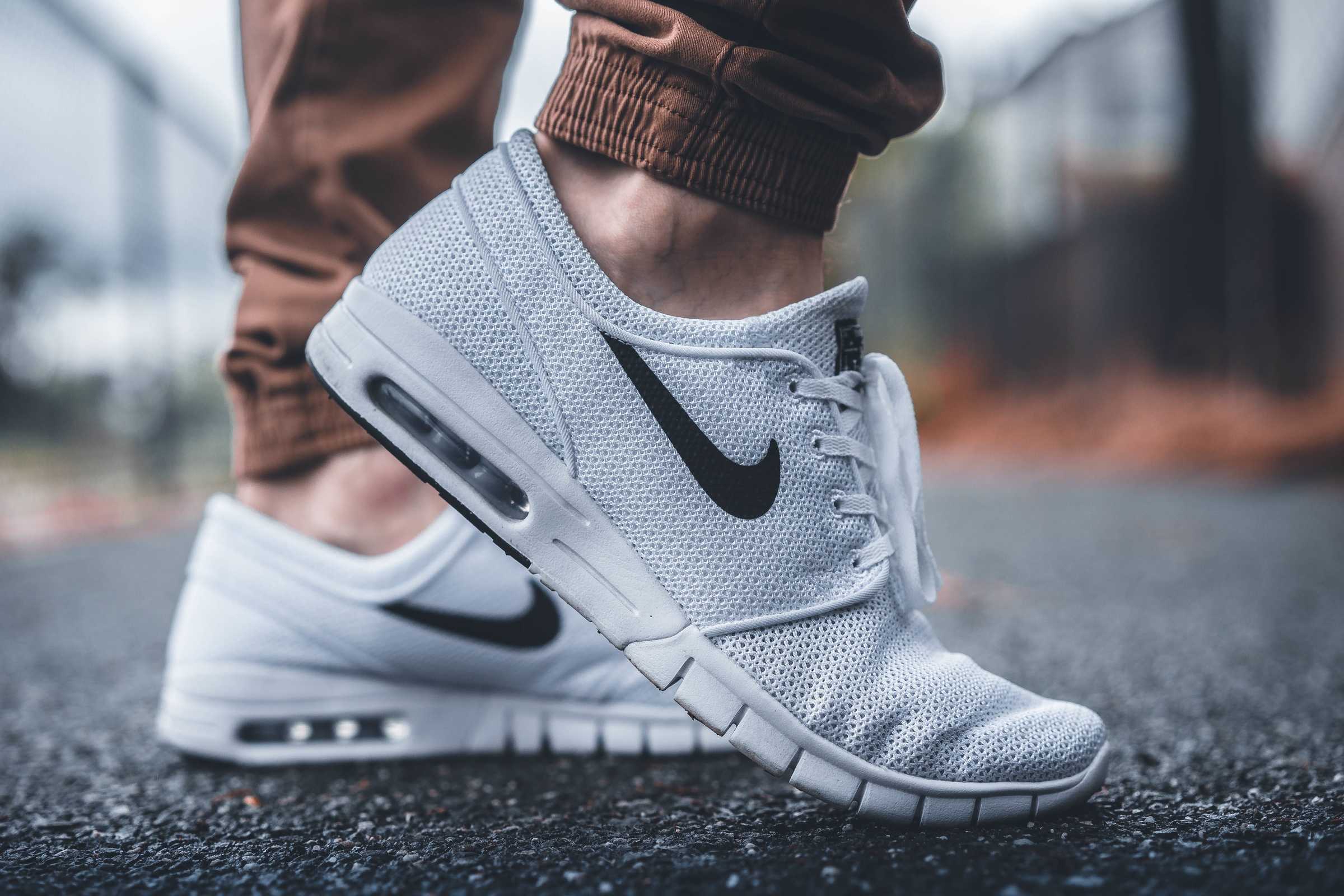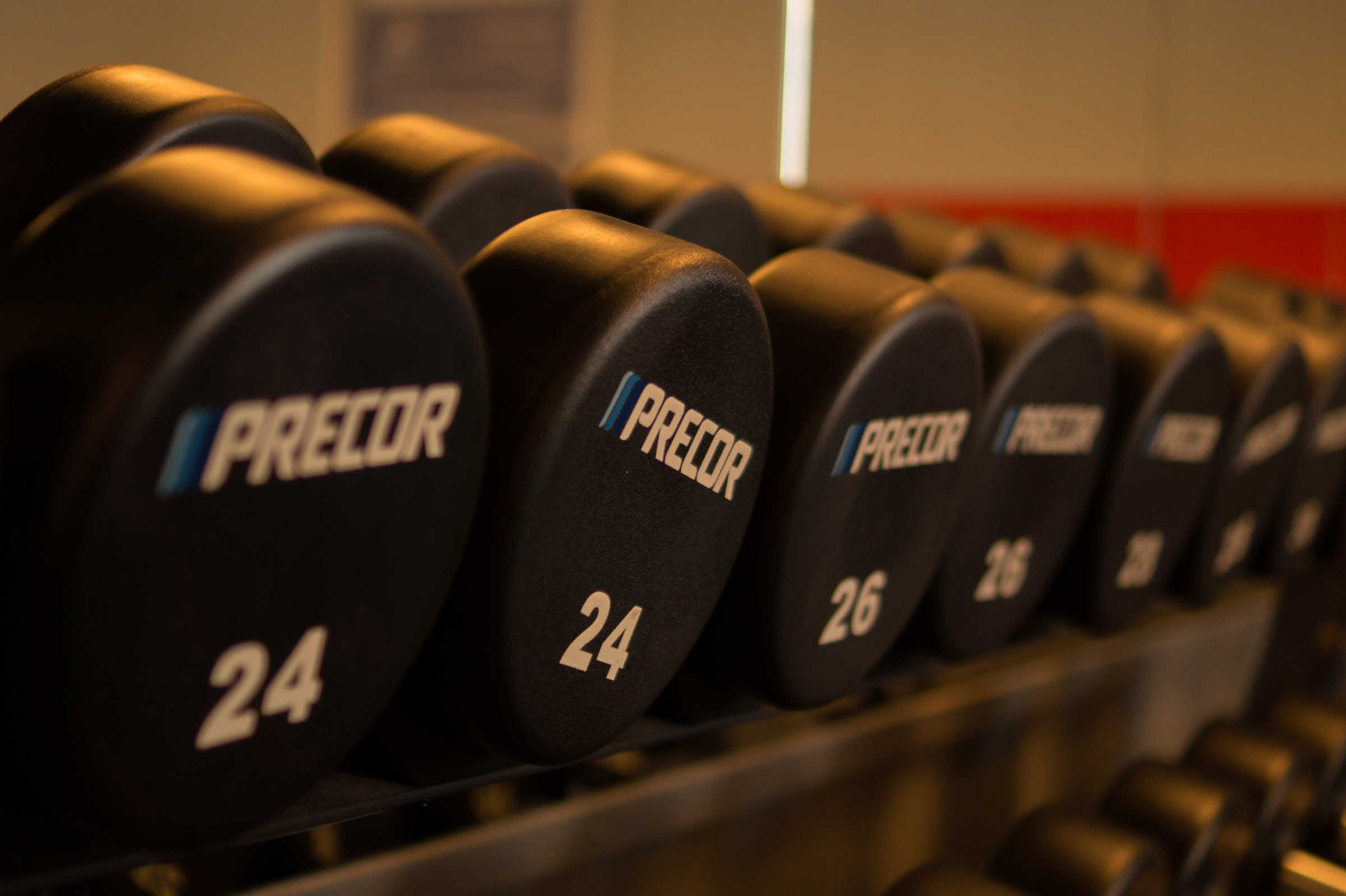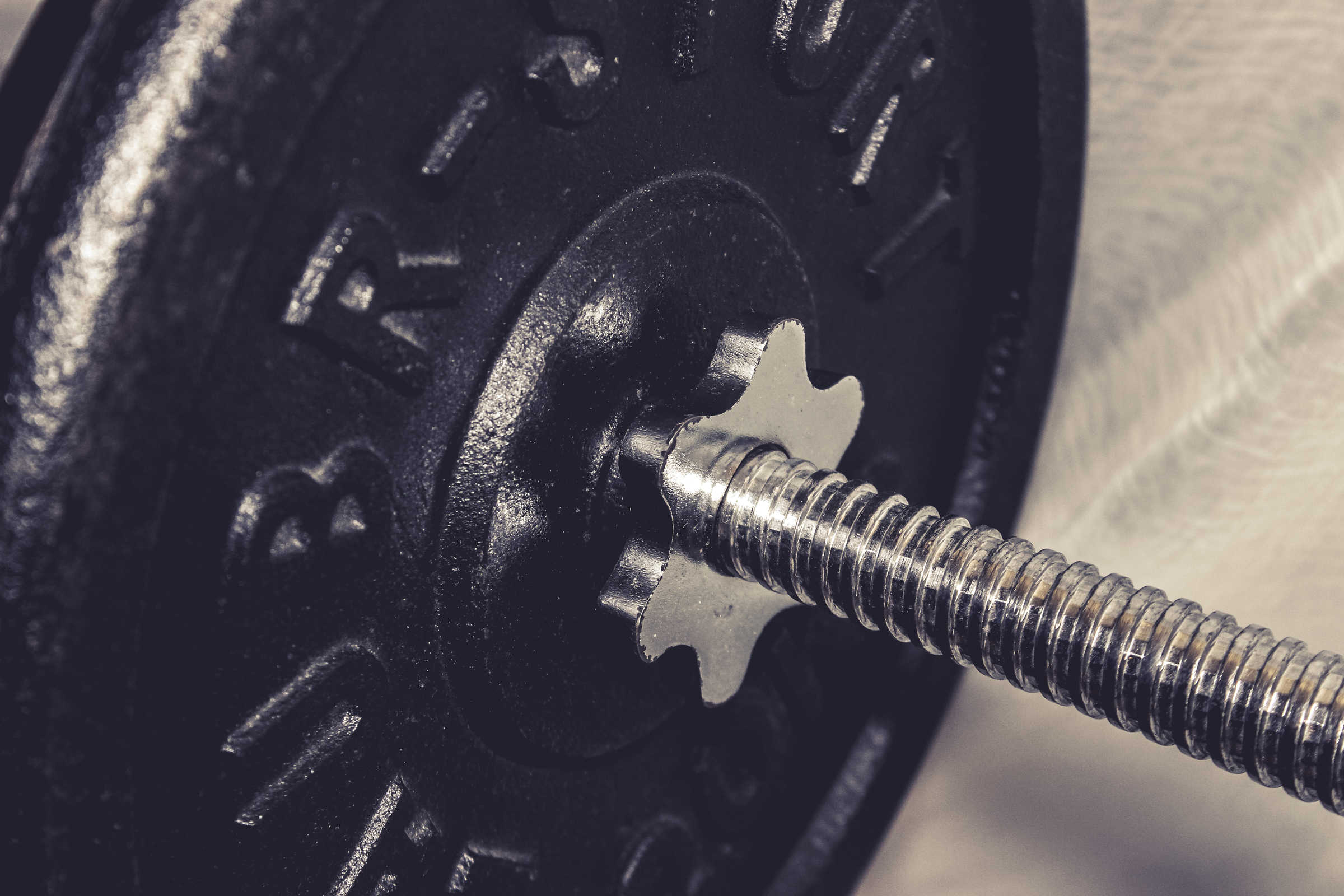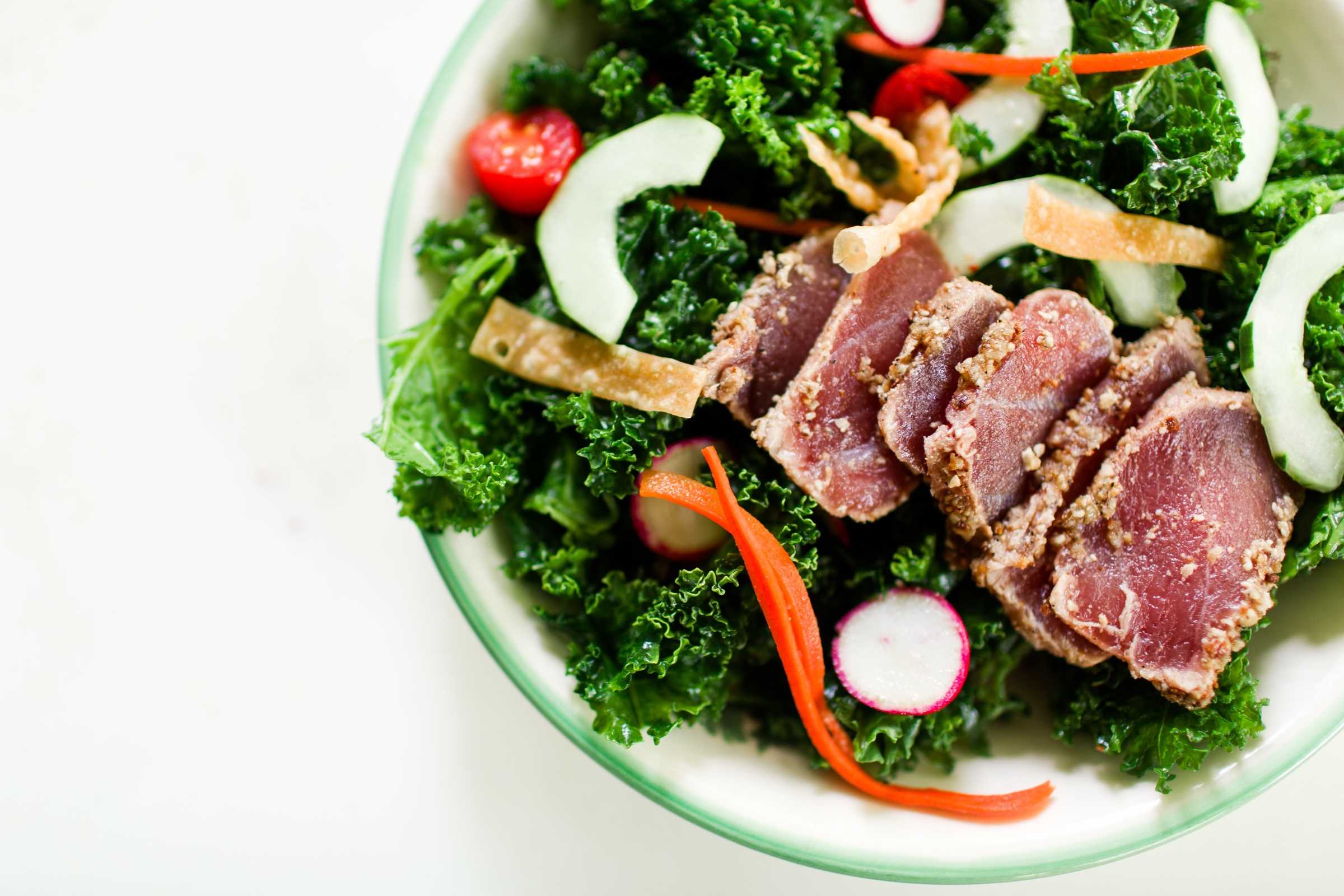Establishing a fitness routine is just like any other routine. It starts with a desire to make a change.
That’s followed by small, daily alterations. Those accrue and become habits over time.
It shouldn’t involve drastic, unsustainable changes. Rather, minor adjustments that don’t seem like a lot at first but overtime produce big results.
How many times have you gone to make a big change in your life, gained some momentum, and subsequently burned out? This likely stemmed from viewing the process as too overwhelming to endure.
Don’t worry. It’s not.
You can attain fitness and gym confidence. But you need a rock solid approach.
It all begins with believing you are capable of positive change. Behind every consistent gym routine lies intrinsic confidence. Without it, you’ll lose momentum and won’t feel like you’re getting anywhere.
When your gym confidence is working full throttle, you start to see progress. That leads to happiness and sustainability. It dissolves self-debilitating thoughts such as “I’ll never be as fit as him” or “I’ll never be able to live that life.”
Confidence, when attenuated and used in a motivating way, has the potential to create a life you never knew you were capable of.
1 – Build Confidence with Your Clothing
Common misconception: Gym attire should be old clothes you wouldn’t wear anywhere else.
Spend a significant amount of time each week at the gym? Why not give your gym attire just as much respect as you do the rest of your wardrobe?
Designers have figured this out. There’s a movement in the fitness industry promoting “lifestyle gym clothing.” These are items you can wear both in and out of the gym for an athletic look. What does that mean for you?
If you don’t feel incredible in your gym clothes, get rid of them.
Seriously! Someone else will benefit from them. Goodwill or Salvation Army are always ready to take them off your hands.
This humanitarian approach is something I use to justify regular purchases, as I constantly work to improve my personal style.
It’s just that simple. If you’re reading this, you understand the effect clothing has on how you feel. Gym wear is no different.
Being comfortable in your appearance helps you know you’ve put your best foot forward. It allows you to focus on the task at hand.
Let’s explore the various subcategories comprising gym wear. Cover these bases. Try a few new things. You’ll feel more confident in your gym wear.
Technology
Look for moisture-wicking materials that improve your performance. These clothes offer enhanced circulation and moisture evaporation.
They pull sweat away from your body and onto the clothing. You’ll commonly see them branded as “Dri Fit,” “Climate,” and “Heat Gear.”
Wear clothes designed for your particular type of training. Cycling shorts for bicyclists, running shoes for runners, compression garments for lifters, etc.
Each sport has specific clothing tailored for it. Use them to your advantage.
Experiment with compression garments. They improve blood circulation, facilitating workout recovery.
Their intimate contact with your muscles helps you identify whether you’re working the right group. That leads to better mind-muscle connection and better results.
What to avoid:
- Your old high school commemorative
shirt . It’s time to take things to a more adult level. - Shirts you personally cut off. You’re in pursuit of a higher level of fashion. These fall outside the boundaries. Way outside. If extra ventilation is your thing, many brands offer tank-tops that expose just as much skin.But in a much classier way.
Fit
Focus on fitted workout attire. The days of baggy gym clothes are long gone. Wear pieces that accentuate your physique but still allow room for breathability and movement.
One example: the fitted sweatpant. It can be an alternative to shorts (on occasion).
This design works a lot like compression garments. It’s a clean, streamlined look, offering a tapered silhouette similar to a pair of chinos you might wear outside the gym.
Additional pieces of fitted gym wear you can try include:
- Tanks
- Stringers (for the bolder man)
- T-shirts
- Scoop necks
- V-necks
- Athletic shorts
To mix things up, experiment with tucking your
What to avoid:
- Shorts that extend below the knees. Shorter lengths not only look better, but improve your performance. You get a greater range of motion and less heat conduction. Most athletic shorts come in 5”, 7”, or 9”. You’ll need to find the length you’re most comfortable with.
- Oversized, baggy
shirts . From a functional standpoint, these hinder your performance. Besides, you can’t measure progress as well if everything is hidden!
Shoes
You should cater your workout shoe to match your activity.
For gym work, cross-training shoes are ideal. They are wider to provide support for lateral movements.
When performing squats, deadlifts, or other lifts involving level feet plantation, go shoeless or invest in a flat sole shoe. Choose footwear that doesn’t compress: wrestling shoes, weight training shoes, Converse, etc.
Runners – choose a running shoe that’s specifically engineered to protect against ground impact.

What to avoid:
- Sandals and casual shoes. They don’t provide the support or cushion needed during rigorous exercise. That leaves you susceptible for injury – a look that’s always out of fashion.
When you’re confident in your clothing, you perform better.
2 – Find the Right Gym
Lots of guys avoid developing a gym routine because they “don’t like the gym.” This is usually based off one experience at a single gym in the past.
Don’t let your dislike for one type of gym rule them all out. Or miss out on the opportunity for you to build gym confidence and become a better person by improving your health.
There are tons of gyms types out there. One of these is bound to cater to your needs:
- Big box gyms – LA Fitness, 24 Hour Fitness, Gold’s Gym, etc.
- Luxury gyms – Equinox, etc.
- Small personal training gyms
- Crossfit gyms
- Powerlifting gyms
You’re more likely to establish a consistent routine if you’re in an environment that
That makes you more excited to go. And more likely to draw motivation from others.
Many gyms offer tours and limited trial memberships to try them out. Experiment until you find what works for you.
Don’t choose a gym that’s too far away. A long daily commute will always be an excuse to skip a workout.
3 – Set a Routine that Fits Your Schedule
If you set unrealistic goals for yourself, you’ll always fall short. That stunts your progress.
Sit down with a piece of paper or your favorite note-taking app. Write out your fixed daily schedule. Include work, family, and other obligations you can’t control.
Then carve out a block of time you know you can dedicate to the gym. It could be before, during, or after some of these commitments.
As it stands now, you probably try your best to get in a workout. But, too often, other engagements can arise.
A common workaround is training in the morning, before your day becomes more unpredictable. If work starts too early, go right after work.
Pack a gym bag and pre-workout meal, and go straight to the gym. This eliminates any chance of going home first and not making it back out.
When you choose a set time each day – rather than try to squeeze the gym in whenever you can – you’re much more likely to make it happen.
4 – Get Professional Support
Be honest with yourself. Is fitness important to you, yet you can’t find the time to research, understand, and implement the protocols you need to achieve your goals?
If so, let a professional help you. It’s not a blow to your ego. It’s recognizing you can always learn from others.
Delegate some of these tasks to a trusted professional in the fitness industry. Find someone who has the experience and time to help you out.
A recent phenomenon is online coaching. Trainers assess your overall health goals, provide a custom meal and training plan, make modifications as needed, and remain available for questions you have.
They also serve as an accountability partner to help you achieve your goal. Often, that’s all you need to get motivated and stay honest.
You don’t necessarily need someone to stand with you in the gym. But the guidance of a virtual trainer is still valuable.
Knowing someone is waiting for you to check in and report your progress is very effective. This may be your solution if you have a busy schedule.
5 – Research and Make a Plan
Do you shop without a grocery list? Or take a test without studying?
Hopefully not. This leads to wildly varied, totally unpredictable results.
Don’t walk into the gym without a plan. Have a note in your phone with a list of muscle groups you’re going to attack each day. Include specific exercises and the sets and reps you plan to do.
Give yourself a cut-off time too, like a 1 hour time limit. You’ll be much less likely to be on your phone or take long rest periods. Because you know you have a job to do and won’t be happy unless it gets done.

If time is up and you don’t get through your entire list, it’s all good. You’ll challenge yourself next time to be even more efficient.
Your solid plan will help you:
- Be more efficient with your time. You’ll no longer wander around, doing any old exercise with no overall structure to your workout.
- Work harder and feel more accomplished. You have a task list to check off and a time limit to beat. That’s motivation.
- Develop greater balance. You won’t risk missing muscle groups while overtraining others. Your balanced plan will help you achieve a healthy, strong physique.
If you make your own plan, educate yourself on different workouts online and with apps. You can always outsource planning to a coach if you don’t want to do it on your own.
Having a workout plan always trumps a randomized approach.
6 – Track Your Progress
Keeping track of your progress is crucial. It will help convince you that your plan is working and you are truly making progress.
You can do this with your phone’s note-taking app or with paper and pen. But what should you track exactly?

Record the weight you used and the number of sets/reps you did. That way, you’ll know exactly what you did last time.
This gives you an accurate measure of your improvements. It also helps you figure out how to proceed with your training.
All too often, you’ll tell yourself, “This is unnecessary. I’ll remember the weight I used.”
Truth: You won’t remember the weight. You will forget and risk slowing down your progress by using the same weight repeatedly.
Or, even worse… (gasp!) …lowering the weight!
Use these additional metrics to keep track of your efforts:
- Photographs. They capture body changes you’d miss otherwise. You don’t have to feel weird about this or share them with anyone. It’s simply another way to assess your change over time. Give it a few months. You’ll be amazed what your body is capable of.
- Weight. Weigh yourself first thing in the morning after using the restroom for the most accurate reading.
- Body fat measurements. While most body fat devices are inherently inaccurate, using the same device over a period of time allows you to see relative change and if you’re headed in the right direction.
Taking a minute or two to record your workout is worth every second.
7 – Enhance Your Focus
When you’re focused on the present, you extract more from your experience. You begin to live a fit lifestyle rather than just exercising as a hobby.
You start to respect it more. You focus on improvement and find ways to better yourself through fitness.
Then, it trickles down to the rest of your life.
Not only do you feel better, but the discipline you’ve learned in the gym leads to efficiency at work, better communication in personal relationships, and success in other pursuits.

Here’s how to make it happen:
- Put your phone in airplane mode. Stop replying to texts, checking social media, etc. Waste less time so you can handle the rest of the day’s pursuits and feel great about your workout. This leads to a more effective, less time consuming session.
- Listen to your favorite music or podcasts. If personal development via podcasts is your thing, this might be the best (or only) free time you have to listen. I do some of my best thinking in the gym, so having a stream of new information coming in at that time is highly influential.
- Use wireless headphones. They allow for a complete range of motion with no bothersome cord. And they let you stow your phone out of sight.
- Apply mind-muscle connection. Bring this meditative element to lifting weights. Invoke immense concentration as you go through an exercise. Make sure you’re contracting the right muscle group to its fullest extent.
- Pay attention to your form. Are you really focused on the contraction of the muscle all the way through? If not, do you notice yourself limiting your range of motion and contractive force? Use these techniques to improve muscle development.
Focus in the gym. You’ll find that focus – and subsequent progress – follows in other essential parts of life.
8 – Make Nutrition Upgrades
Nutrition is a topic far too dense to cover in this article. But – briefly – I want to mention how crucial this is to your overall routine.

Do your research and incorporate sustainable nutrition habits into your life, like:
- Drinking plenty of water
- Eating more protein, less fat
- Preparing nutrient-rich meals ahead of time, instead of wondering, “What’s for lunch?”
- Allowing yourself cheat food, in moderation.
Nutrition plays a massive role in your fitness and health. Overlooking it? That may be the reason you aren’t seeing results.
9 – Enjoy Camaraderie
Spend a significant amount of time in the gym and enjoying other fitness activities? It’s important to have individuals to share those experiences with.
Having a workout partner can be great. But it’s not always necessary or conducive to your plan.
They have to be available on your exact schedule. Your target muscles have to be in sync. And you may simply enjoy your alone time after a long day.
I’m most comfortable having buddies in and out of the gym who I know are also working hard. We discuss fitness, ask questions, and support each other’s goals.
The gym is the perfect place to meet new people and make friends. Be brave, introduce yourself, and start a conversation. Let them know you see them working hard.
Mutual respect goes a long way. And you’re not likely to be shut down just for saying hello.
If you are, that probably isn’t someone you want to surround yourself with anyway. And at least you gave it a try. Life’s too short not to take a few chances.
Make friends at the gym – friends who understand your lifestyle and intentions. Get their contact information and stay in touch.
10 – Win the Mental Game
Finally, mental toughness is arguably the most important skill to master when developing fitness and gym confidence.
First, clarify your intentions. Why do you want this in the first place?
Being driven out of intrinsic personal need – not to please anyone else – is a good place to start. Then, you have to be convinced that you’re giving it your best effort. That’s the only way to feel good about what you’re doing.
Are you better than you were a year, a month, a week ago? Are you better than you were yesterday?
If so, you’ve already won.
At the root of everything you must remember that you’re waging an inner battle. It’s you against you, not you against the other guys in the gym.
Make Your Own Fitness Success Story
Apply this calculated approach to your current health regimen. Or use it to start a new one. You will achieve levels of personal fitness you haven’t seen in yourself before.
You will become more comfortable in your approach over time. Don’t worry – it’s always difficult in the beginning.
Serious gym confidence is a result of dedication and consistency. You’ll notice your health – and everything about you – improve. That’s something you’ll never regret.
How have you become confident at the gym? What has been your greatest challenge?
